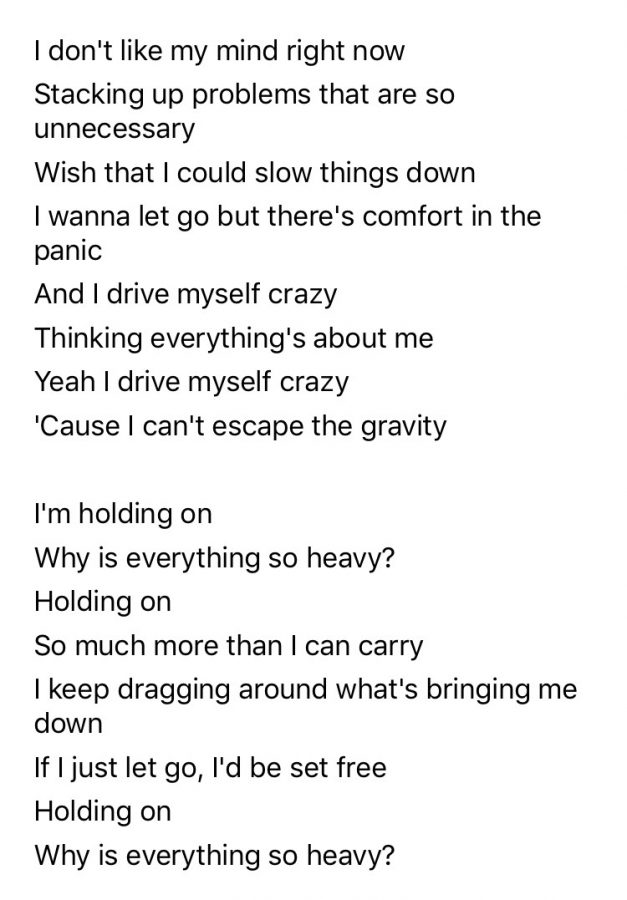

Up on the highway, there are two filling stations, one of which doubles as a meagrely supplied grocery store, while the other does extra duty as a café-Hartman’s Café, where Mrs. No passenger trains do-only an occasional freight. The depot itself, with its peeling sulphur-colored paint, is equally melancholy the Chief, the Super-Chief, the El Capitan go by every day, but these celebrated expresses never pause there. But the majority of Holcomb’s homes are one-story frame affairs, with front porches.ĭown by the depot, the postmistress, a gaunt woman who wears a rawhide jacket and denims and cowboy boots, presides over a falling-apart post office. It is one of the town’s two “apartment houses,” the second being a ramshackle mansion known, because a good part of the local school’s faculty lives there, as the Teacherage. Nearby is another building with an irrelevant sign, this one in flaking gold on a dirty window-“ holcomb bank.” The bank failed in 1933, and its former counting rooms have been converted into apartments. At one end of the town stands a stark old stucco structure, the roof of which supports an electric sign-“ dance”-but the dancing has ceased and the advertisement has been dark for several years. After rain, or when snowfalls thaw, the streets, unnamed, unshaded, unpaved, turn from the thickest dust into the direst mud. Not that there is much to see-simply an aimless congregation of buildings divided in the center by the main-line tracks of the Santa Fe Railway, a haphazard hamlet bounded on the south by a brown stretch of the Arkansas (pronounced “Ar-kan-sas”) River, on the north by a highway, Route 50, and on the east and west by prairie lands and wheat fields. Holcomb, too, can be seen from great distances. The land is flat, and the views are awesomely extensive horses, herds of cattle, a white cluster of grain elevators rising as gracefully as Greek temples are visible long before a traveller reaches them. The local accent is barbed with a prairie twang, a ranch-hand nasalness, and the men, many of them, wear narrow frontier trousers, Stetsons, and high-heeled boots with pointed toes. The village of Holcomb stands on the high wheat plains of western Kansas, a lonesome area that other Kansans call “out there.” Some seventy miles east of the Colorado border, the countryside, with its hard blue skies and desert-clear air, has an atmosphere that is rather more Far West than Middle West. ( Editor’s note: All quotations in this article are taken either from official records or from conversations, transcribed verbatim, between the author and the principals.) THE LAST TO SEE THEM ALIVE 6 on the Billboard Hot 100.This is the first part of a four-part series.
HIM LIGHTS OUT LYRICS MAC
“Don’t Cry Daddy” was originally written by Mac Davis for Elvis, who recorded and released it in 1969 and peaked at No. Prior to the release of To Whom It May Concern, Lisa Marie released a single and video for “Don’t Cry Daddy” in 1997, a posthumous duet with her father marking the 20th anniversary of his death. Yeah and I haven’t forgot “Don’t Cry Daddy” Ooh, except for the one I’m stumbling down (down)Īnd I’ll, I’ll be damned if I ever get this I heard all the roads they lead to Memphis Throughout the lyrics, the meaning shifts around Lisa Marie’s love-hate relationship with Memphis, but her connection to Graceland since her family is there. In the chorus, Presley sings the more eery Last time I was there I noticed a space left.


Presley is referring to Graceland being the burial site of the Presley family, who are interred on the grounds, including her paternal grandparents, Gladys and Vernon, her father, and her son Benjamin Keough, who died at the age of 27 in 2020. Presley repeats that Memphis is where her family is all buried and gone in the chorus. I was obsessed with death at a very early age.” All I know is I had it, and it happened. “I just had a feeling,” shared Lisa Marie. Earlier in the morning (around 4 a.m.) when her father kissed her goodnight, she said that she knew it may be the last time. Sadly, Lisa Marie was also at Graceland when her father passed away and witnessed his death. Last time I was there I noticed a space left Ooh, that’s where my family’s buried and gone (gone) Someone turned the lights out there in Memphis Born and raised in Memphis, Tennessee, Lisa Marie continued to spend time with her father while visiting Graceland, following his divorce from her mother Priscilla in 1973.Įlvis and Lisa Marie always remained close, up until his death when she was just 9 years old.Īnd I was crying every time I’d leave you


 0 kommentar(er)
0 kommentar(er)
